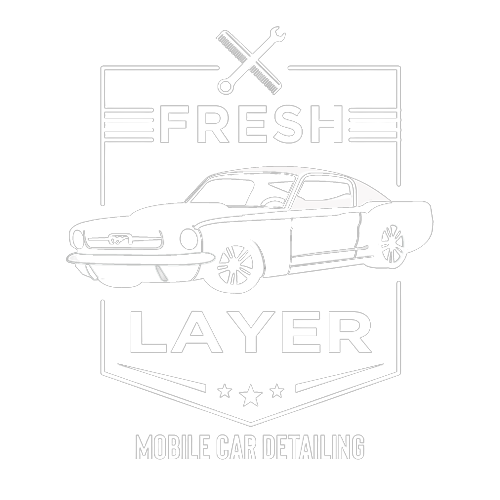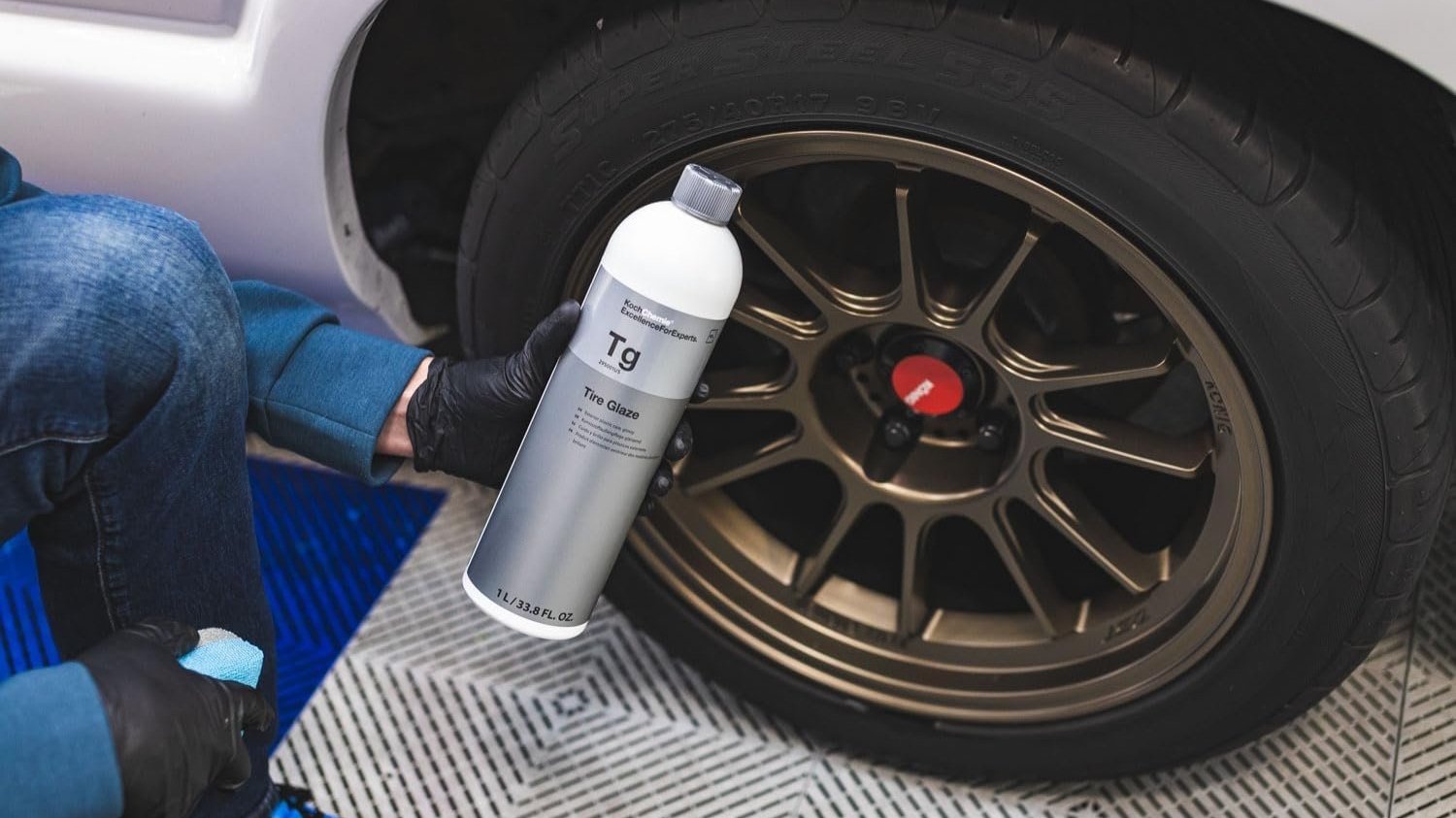How to Protect Car Interior Leather: Expert Tips for Longevity and Shine IN SAN DIEGO
Preserving Luxury, One Leather Seat at a Time
Your car’s leather interior is not just a functional component—it’s a statement of style, luxury, and comfort.
However, without proper care, leather can crack, fade, or lose its pristine look over time.
Whether you’re driving a luxury sedan or a family SUV, maintaining the leather interior is essential for both aesthetics and value retention.
This comprehensive guide will walk you through how to protect car interior leather, ensuring it remains supple, glossy, and durable for years to come. Leather nano ceramic coatings provide a protective barrier that prolongs leather life, making them an excellent option for long-term care.
Every car owner wants their car to look its best, but keeping the interior looking new can be challenging.
Leather is a popular choice for car upholstery because it’s durable and has a luxurious look and feel. However, leather is also susceptible to damage from sunlight, spills, and wear and tear. New leather should be treated to prevent creases and wear on the seats, ensuring it maintains its pristine condition.
Even with regular cleaning and conditioning, leather can become dry, cracked, and faded. This is where the experts at Fresh-Layer come in.
We specialize in leather restoration, and with years of personal experience and hands-on expertise, we can help you keep your car’s interior looking new. Learn more about choosing a car detailer and professional car detailing.
Here are a few tips to help you protect your car’s leather:
Get the Necessary Supplies
You'll need a few supplies to clean and protect your car's leather upholstery. These include:
Protecting your car's interior leather is crucial for maintaining its appearance, comfort, and resale value. Here's a step-by-step guide on how to do it effectively:
Why Leather Interior Protection is Essential
Leather interiors are subject to daily wear and tear, environmental factors, and accidental spills. Here’s why protection matters: Professional application of nano ceramic coatings reduces the collection of dust and dirt on leather surfaces, making maintenance easier and more effective.
Protects: Proper leather care protects the leather from damage, wear, and environmental factors, helping to prevent cracks, fading, and stains.
Longevity: Proper care can extend the lifespan of your leather seats.
Aesthetics: Maintains the elegant appearance and vibrant color of leather.
Value Retention: Well-maintained leather interiors significantly boost a car’s resale value.
Comfort: Smooth, conditioned leather enhances driving comfort.
Step 1: Clean the Leather
Vacuum the Seats: Use a vacuum cleaner with a soft brush attachment to remove any dust, dirt, and debris from the leather surfaces and seams. Leather seats can look pretty good even when they are dirty, as they often hide grime and stains well, so regular leather cleaning is important to maintain their appearance.
Wipe Down Leather: Using a microfiber cloth, gently wipe the leather to remove any surface dirt.
Apply Leather Cleaner: Use a pH-neutral leather cleaner and apply it to the leather with a soft cloth or brush. Work in small sections, ensuring the cleaner doesn’t dry on the leather. Proper leather cleaning helps restore the look and feel of your seats.
Wipe Off Cleaner: After gently scrubbing, wipe off the cleaner with a clean and damp microfiber cloth.
Step 2: Condition the Leather
Choose a Quality Leather Conditioner: Select a conditioner suitable for your car’s leather to keep it supple and prevent cracks.
Apply Conditioner: With a clean microfiber cloth, apply the conditioner in a thin, even layer over the leather. Conditioning not only moisturizes but also conditions the leather to restore its softness and durability.
Allow to Absorb: Let the conditioner absorb into the leather; this may take a few minutes to an hour, depending on the product instructions.
Buff Off Excess: Gently buff off any excess conditioner with another clean microfiber cloth. Additionally, Ceramic Pro leather interior coatings bond directly to leather surfaces to increase hydrophobic properties, offering enhanced protection.
Step 3: Protect the Leather
Use a Leather Protectant: Apply a leather protectant to add a layer of protection against UV rays, which can cause fading and deterioration.
Even Application: Ensure that the protectant is applied evenly across all leather surfaces.
Allow to Dry: Let the protectant dry completely before using the vehicle.
Step 4: Regular Maintenance
Regular Cleaning: Repeat the cleaning process every few months or as needed to keep the leather in top condition.
Immediate Attention to Spills: Clean any spills immediately to prevent stains and leather damage.
Avoid Direct Sunlight: Park in shaded areas or use a windshield sun protector to minimize sun exposure. Ceramic coatings offer a documented warranty that protects vehicles for years, providing peace of mind for car owners.
Performing regular leather maintenance in a well-organized garage can make the process safer and more efficient.
Step 5: Professional Care
Consider Professional Treatment: For deep cleaning or repair, consider a professional leather care service.
Common Challenges with Leather Interiors
Protect and Maintain Your Leather for Long-Term Comfort
1. UV Damage
Prolonged exposure to sunlight can cause leather to fade, crack, and lose its elasticity.
2. Stains and Spills
Accidental spills from drinks or food can lead to stubborn stains that seep into the leather.
3. Wear and Tear
Constant friction from clothing, keys, and other objects can create scuff marks and scratches.
4. Improper Cleaning
Using the wrong products or techniques can strip the leather of its natural oils, making it brittle.
Understand the Essentials
You need specific products to care for leather upholstery. When cleaning your car, you may want to apply liquids to a microfiber towel before applying to the leather to avoid over-saturating and damaging the leather. Also, make sure you use a microfiber applicator pad. Finally, you must buff off after applying any products to the leather. Buffing before the product can dry will damage the leather since it's not as pliable when wet.
Taking care of your car's leather upholstery can be daunting, but with the right leather wipes by your side, it can be easy. The detailing team at Fresh-Layer has the experience and knowledge to help keep your car's interior looking new. Leave the hard work to us and expect outstanding results every time.
Go For Ceramic Pro Interior Coatings
Ceramic Pro is one of the best ways to protect leather upholstery. It's a clear liquid nano-ceramic coating that bonds to the leather and creates an invisible barrier. This barrier protects against spills, stains, UV damage, and wear and tear. Ceramic Pro also makes it easier to clean the leather since dirt and grime will not be able to penetrate the surface.
For quality Ceramic Pro coatings, trust the team at Fresh-Layer. We only deliver the best to our customers. A satisfaction guarantee always backs our products, so you can be confident that you're making the best decision for your car.
Understanding Your Leather Interior
The interior of a car can significantly contribute to its overall luxury and comfort, with leather upholstery standing as a popular choice for its elegance and durability. It is important to note that leather treatments should only be applied to suitable materials to avoid damage and ensure the best results.
However, to maintain its appeal and longevity, understanding the types of leather used in car interiors and their specific characteristics is crucial. The leather care market offers a wide range of products designed for different types of vehicle interiors, catering to various needs and preferences.
When considering the vehicle's interior as a whole, it is essential to understand all components, including leather, to ensure proper care and maintenance.
Types of Leather Used in Car Interiors
Genuine Leather:
Description: This is natural leather made from animal hides, primarily cowhide. It's treated and dyed to be used in car interiors.
Varieties: Includes full-grain leather (highest quality, showing natural imperfections), top-grain leather (sanded and refined), and split leather (lower layers of hide).
Usage: Often used in luxury vehicles for its premium feel and unique grain patterns.
Synthetic Leather:
Also Known As: Faux leather, leatherette, PU leather.
Description: A man-made material designed to mimic the look and feel of genuine leather at a lower cost.
Composition: Usually made from polyurethane (PU) or polyvinyl chloride (PVC).
Usage: Common in a wide range of vehicles for its durability, ease of maintenance, and affordability.
Characteristics of Leather and the Need for Special Care
Durability: Leather is prized for its strength and longevity. However, without proper care, it can dry out, crack, or fade over time.
Porous Nature: Leather is naturally porous, meaning it can absorb liquids and oils, leading to stains and odors if not properly protected and cleaned.
Susceptibility to UV Damage: Just like skin, leather can be damaged by prolonged exposure to sunlight, leading to fading and weakening of the material.
Comfort and Aesthetics: Leather adapts to different temperatures and provides a comfortable seating surface. Its appearance can also significantly uplift the car’s interior luxury.
Breathability: Genuine leather offers natural breathability which contributes to comfort, especially in extreme temperatures. Synthetic leathers may be less breathable.
Leather, be it genuine or synthetic, requires special attention to maintain its appearance and functionality. With the right care routine, you can restore leather’s original look and feel, bringing back its shine, softness, and overall pristine condition.
Factors like exposure to sunlight, regular wear and tear, and the potential for staining necessitate a dedicated care routine.
Understanding these aspects of your car’s leather interior is the first step in ensuring its preservation and enjoying the comfort and elegance it adds to your vehicle.
Choosing the Right Leather Cleaner
Selecting the right leather cleaner is a crucial step in maintaining the beauty and longevity of your car’s leather seats and other leather surfaces.
Not all cleaners are created equal, and using the wrong product can do more harm than good.
When shopping for a leather cleaner or considering an all-purpose cleaner for cars, look for one that is specifically formulated for automotive leather, whether you have coated leather, suede, or another type.
A gentle, pH-balanced cleaner will effectively lift dirt and stains without stripping away the natural oils that keep leather soft and supple.
It’s also important to match the cleaner to your specific leather type. For example, coated leather requires a different approach than suede or unfinished leather.
Trusted brands like Lexol leather cleaner and Leather Honey are popular choices among car enthusiasts for their ability to clean thoroughly while preserving the integrity of the leather.
Many of these products also come as a leather cleaner and conditioner combo, making it easy to clean and condition your seats in one step.
Weiman Leather Cleaner performed well in tests, cleaning effectively and leaving the leather feeling supple after one minute.
Before applying any cleaner, always read the label and test it on a small, hidden area to ensure compatibility.
By choosing a high-quality leather cleaner, you’ll keep your leather seats, trim, and other surfaces looking clean, soft, and protected from everyday dirt and stains.
Best Practices for Specific Leather Types
Tailored Care for Long-Lasting Leather
Aniline Leather
- Characteristics: Soft, natural look with no surface coating.
- Care: Use a gentle cleaner and conditioner. Avoid water-based products.
Semi-Aniline Leather
- Characteristics: Slightly coated for added durability.
- Care: Clean with a mild leather cleaner. Condition every three months.
Pigmented Leather
- Characteristics: Coated with a protective finish.
- Care: Use multi-purpose leather care products. Condition twice a year.
Preventing and Addressing Stains in Car Interiors
Maintaining the pristine condition of a car’s leather interior involves not only regular cleaning and conditioning but also the prevention and treatment of stains. These stain prevention and removal techniques are also effective for leather shoes, handbags, and leather furniture, helping to keep all your leather items looking their best.
Stains can be a significant challenge, as they detract from the vehicle’s aesthetic and can be difficult to remove if not addressed promptly.
Common Sources of Stains in Car Interiors
Food and Beverages: Accidental spills from drinks like coffee, soda, or oily food can leave noticeable stains.
Body Oils and Sweat: Natural oils and sweat from human skin and hair can accumulate over time, leading to discoloration and stains.
Ink: Pens left in pockets or used in the car can accidentally mark the leather.
Dirt and Mud: Regular use can lead to stains from dirt, mud, or grime, especially on the driver's seat and near the floor mats.
Water Stains: Even water, if left to evaporate on leather, can leave a stain, particularly in areas with hard water.
How to Prevent Stains on Leather
Immediate Cleaning: Address spills and stains immediately. The longer a substance sits on the leather, the harder it will be to remove.
Use Car Mats and Seat Covers: Protective mats and seat covers can shield leather from many common staining agents.
Regular Maintenance: Regularly clean and condition the leather to maintain its protective coating, making it less susceptible to stains.
Careful Eating and Drinking: Be mindful of consuming food and drinks in the car, especially those that are prone to spillage or staining.
Using the right stuff, such as leather cleaning and conditioning products, along with other products designed for leather care, can help prevent stains and maintain the quality of your leather.
Methods for Treating and Removing Stains
For Fresh Stains:
Blot the stain gently with a clean, dry microfiber cloth to absorb as much of the spill as possible.
Avoid rubbing, as this can spread the stain or push it deeper into the leather.
For Water-Based Stains:
Use a damp cloth with a mild soap solution (pH-neutral) to lightly clean the area.
Rinse with another damp cloth and dry with a clean towel.
For Oil-Based Stains:
Apply a small amount of cornstarch or baking soda on the stain and let it sit for a few hours to absorb the oil.
Gently brush off the powder and use a leather cleaner if necessary.
For Ink Stains:
A specific leather ink remover is recommended for ink stains. Apply it as per the product’s instructions.
Avoid home remedies like nail polish remover or alcohol, as they can damage the leather.
Deep and Stubborn Stains
For stains that resist initial treatment, consider a specialized leather stain remover or cleaner. Some users may be a bit disappointed with certain cleaners' ability to remove deep stains, even if they improve the feel of the leather.
Some leather cleaners have a strong or pleasant smell, which can affect the overall cleaning experience.
In cases of severe staining, consult a professional leather cleaner or auto detailer for advice and services.
FAQs About Protecting Car Interior Leather
-
Clean: Every two weeks for daily drivers; monthly for occasional use.
Condition: Every 3–6 months, depending on exposure to sunlight and usage.
-
No. Household cleaners can strip oils from the leather, causing dryness and cracks.
-
Use a dedicated leather stain remover and a soft brush for gentle cleaning.
-
Regular conditioning and UV protection are the best ways to prevent cracks.
-
If your leather seats are heavily damaged or stained, professional detailing ensures optimal restoration.
Common Mistakes in Leather Care
Even with the best intentions, it’s easy to make mistakes when caring for leather seats, furniture, and accessories.
One of the most common errors is using household cleaners or the wrong type of leather cleaner, which can damage the surface and strip away essential oils.
Car leather cleaners and conditioners are specially formulated to protect and nourish leather, so always opt for products designed for automotive use.
Using a professional leather nano ceramic coating is less labor-intensive than traditional leather care methods, making it a convenient choice for busy car owners.
Another frequent mistake is neglecting regular conditioning. Without proper conditioning, leather can become dry, leading to cracking and fading—especially when exposed to UV rays through your car’s windows.
On the other hand, over-applying cleaner or conditioner can leave a sticky residue that attracts dirt and dulls the finish. Always use the recommended amount and buff away any excess.
It’s also vital to test any new cleaner or conditioner on a small, inconspicuous area before treating the entire surface.
This simple step can prevent unwanted discoloration or damage. Regular interior detailing, including gentle cleaning and conditioning, helps maintain the look and feel of your leather goods, from car seats to furniture and accessories.
By avoiding these common pitfalls and following best practices for leather care, you’ll keep your vehicle’s interior looking amazing and extend the life of your leather surfaces.
Remember, a little attention goes a long way in preserving the luxury and comfort of your car’s leather interior.
DIY vs. Professional Leather Care
Weighing the Pros and Cons
DIY Leather Care
Pros:
- Cost-effective
- Convenient for regular maintenance
Cons:
- Requires time and effort
- May not handle severe stains or damage
Professional Leather Care
Pros:
- Advanced tools and products
- Expert techniques for restoration
Cons:
- Higher cost
Hire Car Detailing Team
To protect your car's leather upholstery, you should get the necessary supplies, understand the essentials of cleaning leather, and consider using a ceramic pro interior coating.
By following these tips, you can keep your car's leather looking its best for years. For additional advice on protecting your car's dashboard, if you want to learn more about protecting your leather car upholstery, please visit our website or contact us today.











